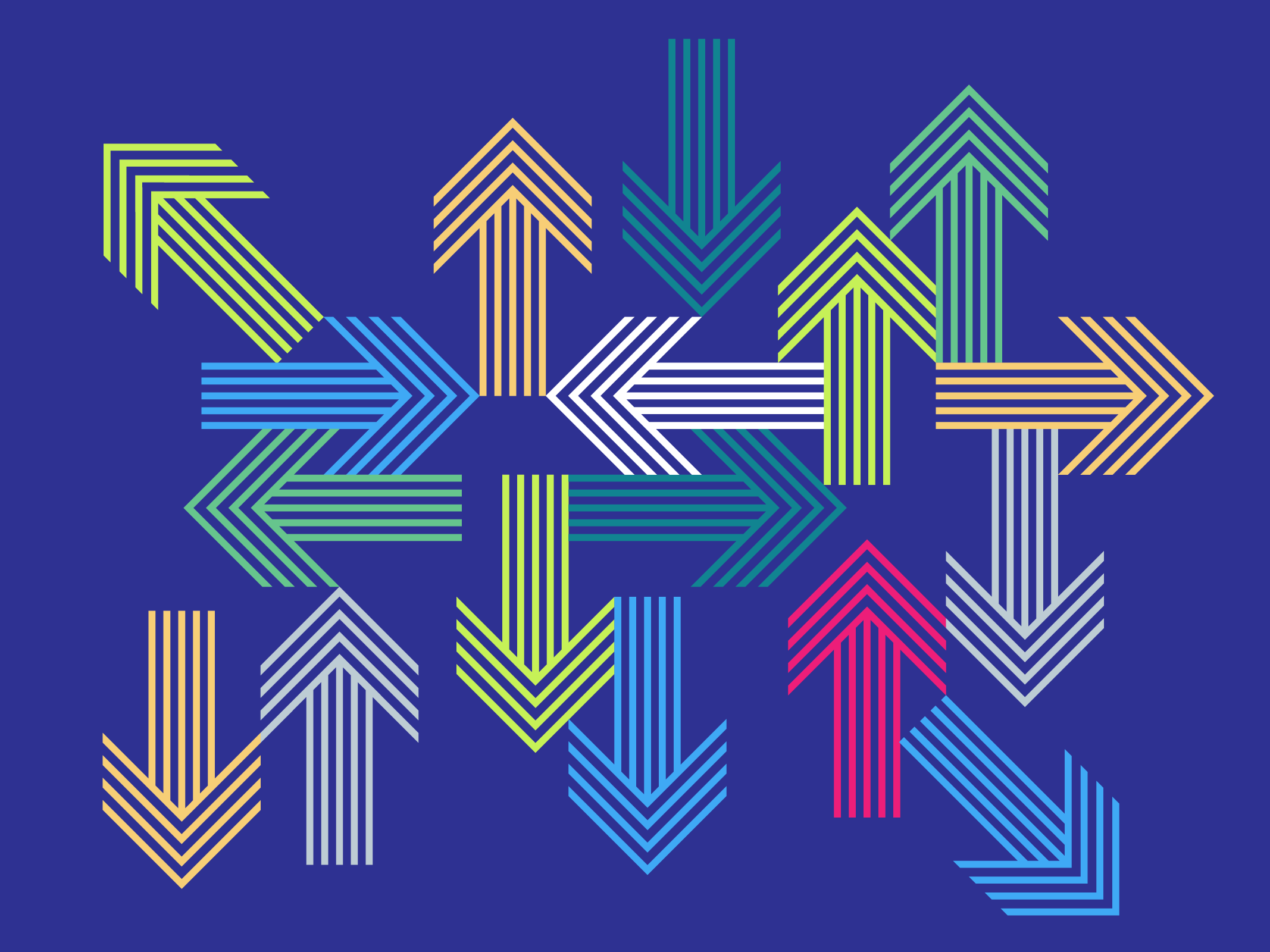Blog
State-of-the-Art Integration: Adobe Transforms Its Treasury

Robust technology is the key to treasury transformation. The most effective transformation projects go behind simple process improvement and allow treasury organizations to stand out among their peers as best in class.
A panel session at KyribaLive 2022 focused on how Adobe transformed its treasury department by implementing Kyriba, as well as the critical role Deloitte & Touche LLP played as its implementation advisor.
Adopting a TMS
Susan Chan, director of treasury operations for Adobe, began by explaining that prior to adopting Kyriba, her organization did not use a treasury management system (TMS). Adobe’s very small treasury operations team was managing day-to-day liquidity, money market funds, bank account management (BAM), and wire payments through spreadsheets and bank portals. As of 2019, the treasury team was handling $5.5 billion in cash, 138 bank accounts, 29 banks, and 11 bank portals, across 53 Adobe entities—all manually.
Furthermore, Adobe had 125 total users who initiate payments, retrieve bank reports for AR purposes, etc. While many of them work out of Adobe’s headquarters in San Jose, Calif., others are spread out around the globe and addressing all their needs in a manual capacity was incredibly challenging.
Modernizing Adobe’s Banking Integration
With the company experiencing substantial growth in 2019, treasury knew it needed a scalable solution. “We embarked on a journey to look for a TMS, and we ended up selecting Kyriba because it met our requirements… and it has a really cool user interface, as well as a robust product roadmap,” Chan said. “Having one, centralized system for everyone—for all the bank accounts especially—is quite a dream.”
World-Class Treasury
As Chan and her team were exploring their options with Kyriba, they had a goal of creating a world-class treasury organization. Ironically, not having a TMS to transition away from was beneficial in that provided the treasury team with more flexibility with what they wanted to do going forward. Adobe aimed to build a platform that would sustain it throughout the next decade.
Treasury created a “must have” list, and at the top of it was full visibility into its cash and liquidity. Chan noted that her organization wanted views into every bit of cash on Adobe’s balance sheet—funds for short-term liquidity and long-term investment, e-wallets and other fintech solutions, etc.
The team also wanted a single platform for payments. Adobe’s treasury team was processing all wire payments through multiple bank portals. So, another goal for the Adobe TMS was making sure it could accommodate all of Adobe’s wire payments and record them in the general ledger (GL). “We wanted to have that automated and send back those instructions to our ERP system,” Chan said.
Additionally, treasury also wanted a BAM database that would act as a repository for all of the documents, letters, FBAR reporting, etc. And with payments fraud always a concern, the team wanted a system with top-notch security that provides full audit trails.
Beginning the Implementation
After determining its needs and settling on Kyriba, the treasury team realized it didn’t have any in-house expertise to help with the build out. Adobe engaged Deloitte as its advisor in the implementation process.
The first phase of the project was the design phase, which lasted about three months. Treasury and Deloitte held about 15 workshops with all of the various stakeholders at Adobe to build a clear picture of what the future process would look like. “During those workshops, we really examined our existing process and tried to streamline what needed to stay and what could go,” Chan said. “It was a very open-ended collaboration, where we said, ‘Let’s not think about what we have been doing for the last 15 years. Let’s think about what is absolutely needed and how we can design it.’”
Hyemin Kim, senior manager for Deloitte & Touche LLP, noted that Adobe had a very detailed idea of what it wanted out of its TMS, which made the process run smoothly. “There were about 15 workshops, but all the meetings in between the workshops to follow up and have further conversations… I think those really helped,” she said. “There was a clear vision.”
Getting buy-in from all the necessary stakeholders was crucial in the process, added Kim, who has assisted more than 50 organizations on their Kyriba implementations. Because migrating to a TMS was seen as a goal across the organization and not just treasury, it helped Deloitte and Adobe get through some of the most challenging stages of the implementation, such as the COVID-19 pandemic hitting in the middle of the process.
100% Visibility Through Business Intelligence Dashboards
Adobe was committed to using as much of Kyriba’s core capabilities as possible; the team obviously didn’t want to still be logging onto bank portals and downloading statements. Now, with Kyriba, treasury has 100% daily visibility of its balances and transactions. “Once we have all the data, we are able to send out really fast management reports using a BI dashboard tool,” Chan said. “That shows senior management how much cash we have, in what currency.”
Kyriba has also enabled treasury to forecast more accurately, add better controls over payments, and automate GL postings. “We programmed all the wires in a way so that once the bank statement comes back the next day, it sends those GL postings three times a day to SAP,” Chan said. “So, if there’s a late wire or late reconciliation that happens, it will still be sent over.”
Kim noted that Adobe also uses Kyriba in particularly creative ways, integrating some of the system’s tools that many clients don’t use. “One of them is actually leveraging the workflow tool and automating manual wire requests,” she said. “Adobe was able to integrate them into Kyriba and automate that payment process.”












